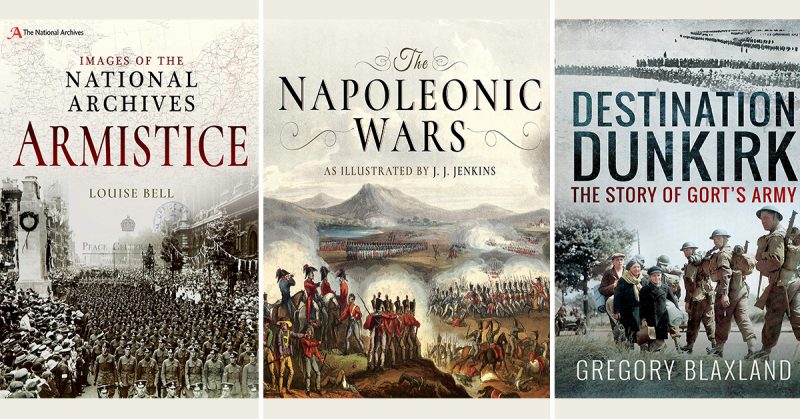The victory summer of 1919 saw important visitors drop anchor off my home town.
The Atlantic Fleet sailed into the Thames Estuary with a great deal of pomp, and some of the finest dreadnoughts of the Royal Navy were on view from the end of Southend Pier, the longest in the world at one and a third miles.
Better still, pleasure boats could take spectators out to get a closer look at the leviathans resting in long lines. A beautiful color guide was printed to help visitors identify the likes of HMS Royal Oak and HMS Furious. In addition, a great number of smaller warships were berthed further down river.
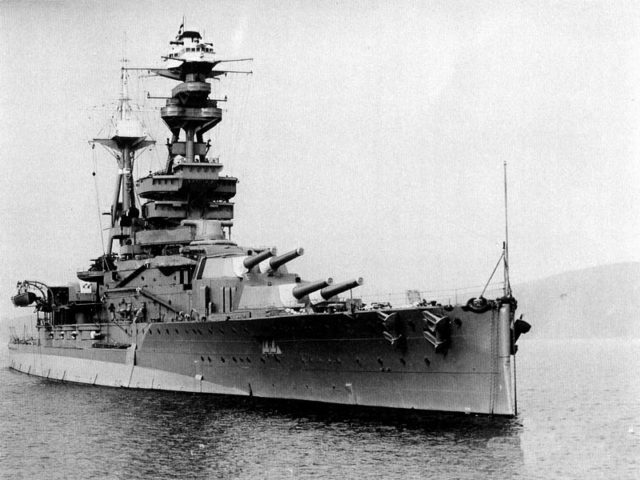
Special trains brought the curious from London, and it was evident that victory was really secure and the war was over.
Pomp and circumstance are the stuff of victories, but there is always much more to contend with. This interesting book by Louise Bell looks at aspects of the peace that were not all sweetness and light.
We read of the wholly inadequate treaties that drew a line of sorts under the Great War. We see how Britons dealt with demobilization and the misery of disability. The frustrations are evident from some of the letters of men who had been left impoverished in wallet and spirit by their treatment after giving so much of themselves for king and country.
Women, too, had to face the harsh truth that for all their toil during the war, the men coming home would want their jobs and old regimes back. Lots of people were going to be disappointed.
Lloyd Georges’s quote of “a land fit for heroes” paraphrases his actual words, but the phrase still sums up what he claimed to hope for. Slippery politicians have their ways.
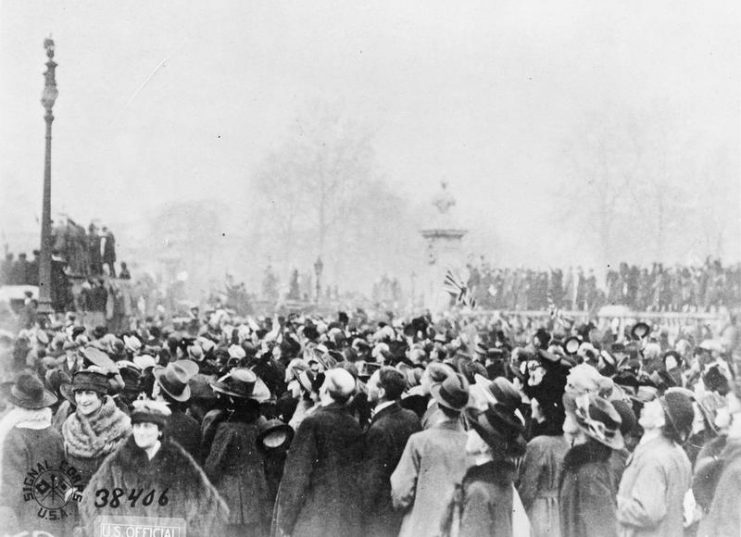
There is an old song called The Old Man’s Tail where the narrator sings of having to fight for the right to go to work having finished off the Hun. The truth hurts.
My dad often told me that when he came home to the Victory Election of 1945 (after another world war), he was ready to vote in a way that would secure rewards the state had robbed his father of in 1919.
Peace Day on July 19, 1919, was a one-day carnival for the nation to show its gratitude for victory. The great commanders, Beattie, Haig, Foch, and Pershing marched through London to scenes of adulation.
The procession filed past the new (and temporary) Cenotaph in Whitehall. An identical permanent monument would be ready for Armistice Day in 1920.
Fifteen thousand troops marched through the capital. The solemnity of the funeral of the Unknown Warrior reminds us of the cost of that most terrible war.
This is a tidy book with plenty of interest. We’ve had almost five years of centennial craziness that has seen so many books and bewildering events take place as the modern establishment attempted to interpret for us what our grandparents knew and what we could easily understand for ourselves.
I did not enjoy the centenary and am thoroughly glad to see the back of it. But books remain a passion, and knowledge continues to be power in my eyes. There is enough here to impress me, and I am very pleased to have had a chance to consider a book that allows me to apply a full stop (or period point if you prefer) to the centenary.
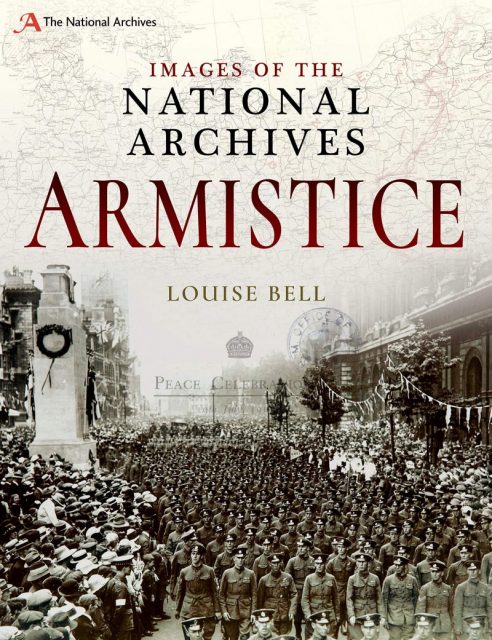
ARMISTICE
Images of the National Archives
By Louise Bell
Pen & Sword History
ISBN: 978 1 52672 941 5
The Napoleonic Wars
Every so often, there is nothing better to do than luxuriate in something beautifully pointless that makes you happy without it performing any significantly useful function. That time is now with this glorious reproduction of JJ Jenkins’ illustrated book of the Napoleonic Wars.
This was a straight-up brown-nosing masterwork intended to flatter the Duke of Wellington after his final victory over Napoleon at Waterloo in 1815, bringing an end to years of conflict between Britain and France.
The text is a lesson in propaganda, and you have to view much of it with your tongue firmly in your cheek. But don’t be churlish because this book really is a wonderful thing and I cannot begin to imagine what any original versions are worth.
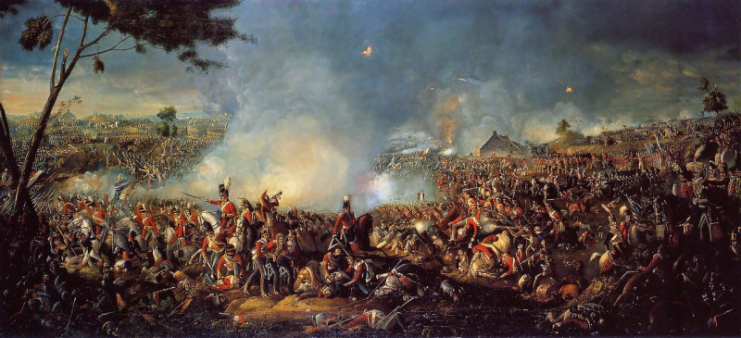
Pen & Sword have done exactly the right thing by reproducing the book exactly as it was seen two centuries ago. There is no needless interpretation or other such nonsense. The artwork seems as authentic as ever, and the effect is to take us back to that wondrous time when peace reigned after so much loss in blood and treasure.
I tried looking up JJ Jenkins on the internet and could find nothing much about him. He knew what he was doing,
This book is a curio, but if you are a lover of the Napoleonic age, then it is a must-have item. It left me smiling. I am well into reading more substantial fair about the part of the army that Wellington commanded and will report in soon.
In the meantime, enjoy this bit of fluff for all it offers. It is, as my mate Lance would say, a hoot. When you stand at the wall at Hougoumont, you know the business was a lot less frothy, but having a glance at how contemporary scribes and artists pictured events is pretty damned cool. Enjoy.
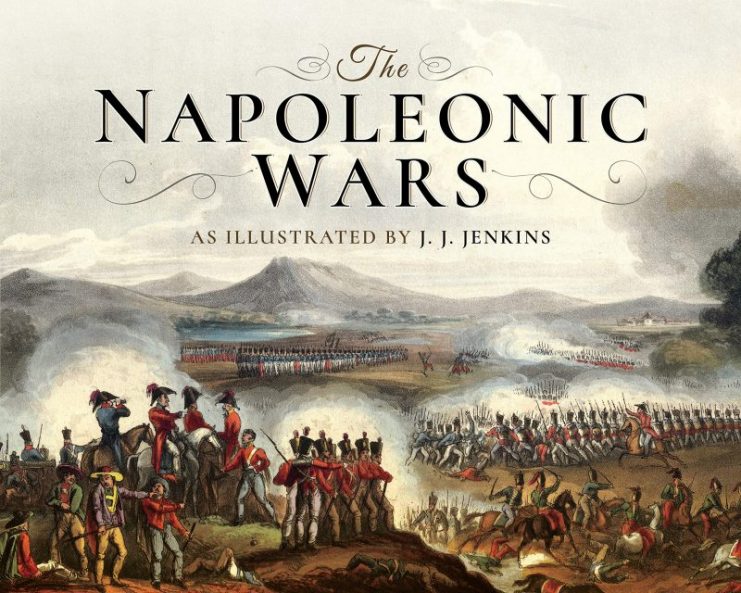
THE NAPOLEONIC WARS
As Illustrated by JJ Jenkins
Pen & Sword Military
ISBN: 978 1 52671
Destination Dunkirk: The Story of Gort’s Army
The Dunkirk movie that received a mixed reception last year initiated a strong degree of interest in the real events behind the screenplay. Happily, there are some excellent reads which help to separate fact from fiction, and this gem by Gregory Blaxland is right up there with the best.
This is a classic history book of the old order. First published in 1973, it comes across as being written in the style of a regimental history with great emphasis on using layers of storytelling to get the people, places, and dates in the right order.
The account rattles along at a fast pace, illustrating how the timeline from May 10th to the fall of France happened in just a few weeks.
Mr. Blaxland pulls no punches about the inadequacies afflicting the British Expeditionary Force or the mistakes made by its leaders. He seems to approve of the efforts of the British commander Lord Gort while being honest about his shortcomings.
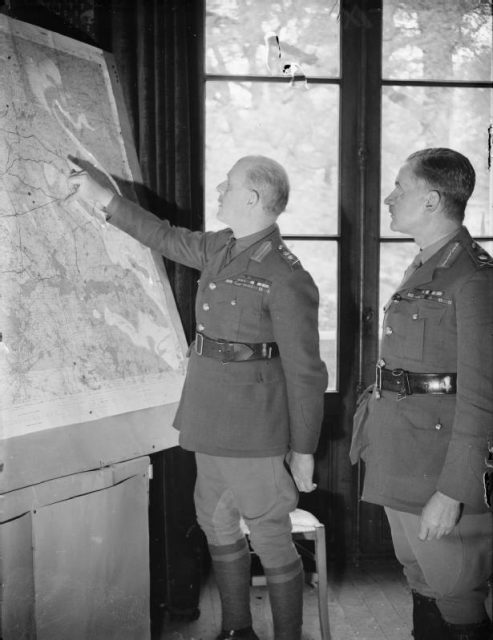
The fact is, Gort was a thoroughly straight-up hero with a chest full of medals from the Great War who is often painted as being out of his depth. Yet it is difficult to see who could have done better.
Many of Gort’s corps and divisional commanders went on to great things as the war progressed – Alexander, Monty, Brooke, Leese, Lumsden – they were all there; but none of them were ready for the load Gort carried.
The author is at pains to avoid a simple trope of using French and Belgian generals as a convenient Aunt Sally. The reality is that the French were bamboozled by the Blitzkrieg and much of their command and control system was a mess.
But Mr. Blaxland is quick to honor senior commanders and fighting units who fought hard just as he is honest about British failures. Nor does he ignore the situation in the German set-up where rivals fought for supremacy and great reputations were made.
He gets all these people and decisions into context allowing us to follow a complicated campaign with relative ease.
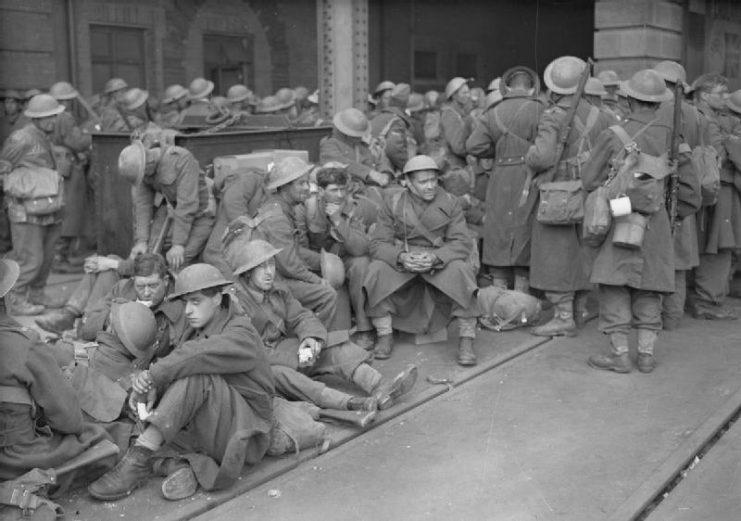
The nature of this book tends to concentrate its attention on unit commanders and formations down to battalion level, but the author manages to include anecdotes about many individual soldiers and incidents.
We read about the heroics of isolated infantry platoons and armored car crews taking on the panzers, and there is scope for truly eye-watering stuff such as when a group of Glaswegian soldiers attacked advancing Germans with their cut-throat razors.
Elaborate descriptions of this sort of stuff are unnecessary, as are accounts of the massacre of British prisoners by the SS. We see woefully ill-equipped units, some with obsolete weaponry and others with hardly any training taking on the German invader with inevitable consequences.
But the Germans aren’t all supermen, and they take constant casualties fighting against the Brits.
Mr. Blaxland makes a point of showing how interference from London exasperated Gort and his generals. The usual crop of armchair warriors making broad sweeps of maps and moving imaginary formations had no firm impression of what was actually happening on the ground.
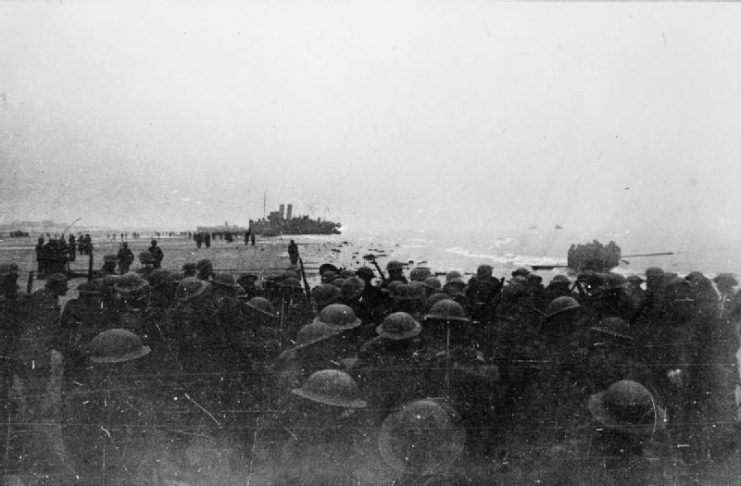
The author is critical of Churchill, but he only goes so far with his assessments. He does not use his book to create a stir, he merely wants to tell the story of the campaign. The proof is in the research, and the back of the book is heavy with references and credits for the work of others.
This excellent book should be the basis of all your Dunkirk/BEF reading to get the campaign mapped before you go looking for the more in-depth human interest stuff.
While it is of an older style not so much in favor today, you will only find a textbook quality history that eschews interpretation or showboating by the author. There is no post-event analysis. Mr. Blaxland confines himself to the history first, last, and always.
Perhaps this is best summed up by an appreciation of the man himself. He was a junior officer with the Buffs during the campaign where he experienced the full effect of the Blitzkrieg. He was evacuated from Dunkirk and went on to have a busy war.
Mr. Blaxland was in the midst of a solid peacetime career when he was struck down by polio which left him wheelchair bound. There is no mention of his own Dunkirk story anywhere in his text. I admire him for this, and I really like this book. It is essential reading. This is another reason why Pen & Sword’s policy of reissuing older manuscripts is so useful to modern day historians.
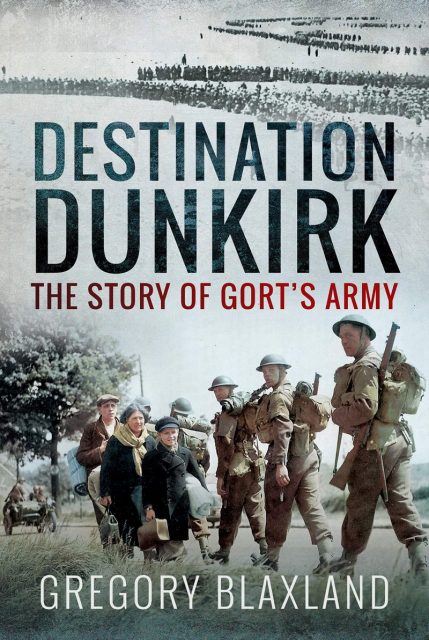
DESTINATION DUNKIRK
The Story of Gort’s Army
By Gregory Blaxland
Pen & Sword
ISBN: 978 1 52673 523 2
Reviewed by Mark Barnes for War History Online
